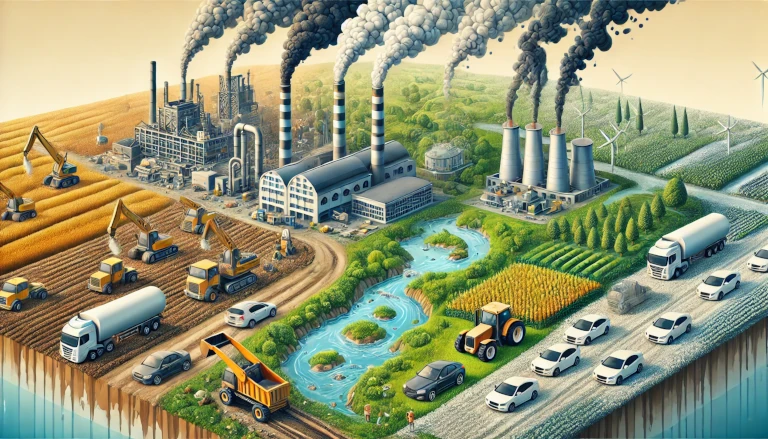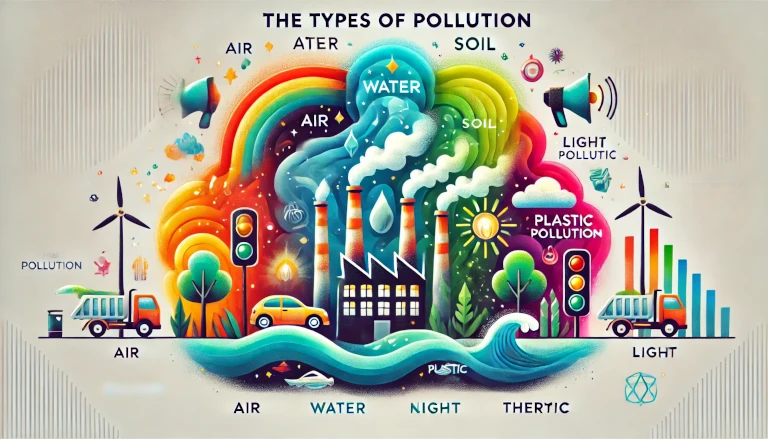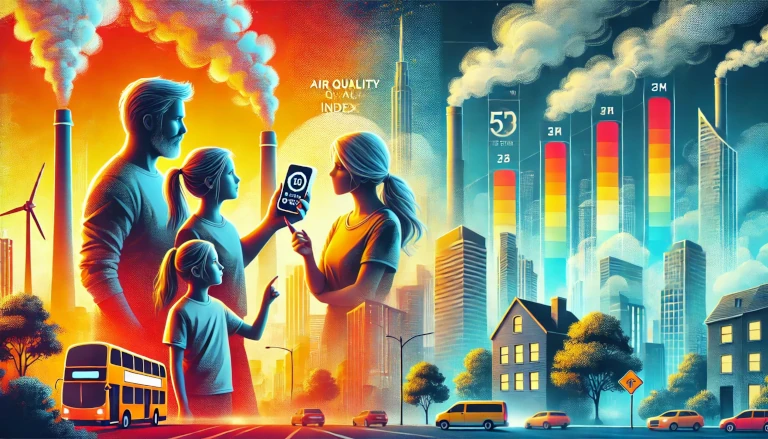Pollution is a major environmental issue affecting air, water, and land across the globe. Various human activities contribute to pollution, some more significantly than others. Understanding the sources of pollution and how they affect the environment is the first step toward finding sustainable solutions. In this article, we’ll explore the top 10 pollution causing activities and offer insights into how we can reduce their harmful effects on the planet.
1. Industrial Emissions 🏭
Industries are a major source of air, water, and soil pollution. Factories release harmful chemicals like carbon dioxide (CO2), sulfur dioxide (SO2), nitrogen oxides (NOx), and particulate matter into the atmosphere. Industrial waste often contaminates local water bodies, harming aquatic life and human health.
- Why: Industrial processes often involve burning fossil fuels and using chemicals that produce toxic byproducts.
- How Much: According to studies, industrial activities account for around 50% of global pollution.
- Solutions: Implementing stricter regulations, adopting cleaner technologies, and using renewable energy sources can reduce industrial emissions.
2. Vehicle Emissions 🚗
The transportation sector is one of the leading causes of air pollution. Vehicles running on fossil fuels emit pollutants such as CO2, carbon monoxide (CO), NOx, and particulate matter. In urban areas, vehicle emissions are the primary contributor to smog and respiratory problems.
- How: Combustion of petrol and diesel in vehicles produces harmful gases.
- Where: Urban centers face the most severe effects due to high traffic density.
- Solutions: Encouraging the use of electric vehicles, improving public transport, and carpooling can help reduce emissions.
3. Agricultural Activities 🚜
Agriculture is a significant source of pollution, primarily through the use of pesticides, fertilizers, and the release of methane from livestock. Pesticides and fertilizers often run off into water bodies, causing eutrophication (nutrient pollution) and harming aquatic ecosystems.
- Why: Industrial farming practices rely on chemical inputs and large-scale livestock farming.
- How Much: Agriculture contributes to around 14% of global greenhouse gas emissions, particularly methane.
- Solutions: Organic farming, crop rotation, and reducing chemical inputs can help make agriculture more sustainable.
4. Deforestation 🌲
Deforestation for timber, agriculture, or urban development leads to soil erosion, biodiversity loss, and contributes to climate change by releasing stored carbon into the atmosphere. Forests play a crucial role in absorbing CO2 and regulating the earth’s climate.
- Why: Trees are cleared to make way for farmland, infrastructure, or logging.
- Where: Rainforests like the Amazon are particularly affected by deforestation.
- Solutions: Implementing reforestation programs, promoting sustainable forestry, and enforcing stricter land-use policies can curb deforestation.
5. Waste Disposal 🗑️
Improper waste disposal, including landfills and littering, leads to air, water, and soil pollution. Plastic waste, in particular, is a growing environmental hazard, taking hundreds of years to decompose and often ending up in oceans, harming marine life.
- Why: Lack of proper waste management systems and overuse of disposable items.
- How Much: Over 8 million tons of plastic enter the oceans each year.
- Solutions: Promoting recycling, reducing plastic use, and investing in waste-to-energy technologies can mitigate waste pollution.
6. Construction Activities 🏗️
Construction sites release dust, debris, and chemicals into the air and water. The use of heavy machinery, improper disposal of building materials, and the removal of natural vegetation can result in land degradation and contribute to air pollution.
- How: The construction industry consumes large amounts of raw materials and energy, leading to high pollution levels.
- Where: Urban areas with rapid development see higher pollution from construction.
- Solutions: Using green building materials, following eco-friendly construction practices, and controlling dust emissions can reduce the environmental impact.
7. Mining and Quarrying ⛏️
Mining and quarrying activities disturb the earth’s surface and release toxic metals and dust into the air and water. Mining operations also cause soil erosion and deforestation, leading to habitat loss and biodiversity decline.
- Why: The extraction of minerals, metals, and coal for industrial use often leads to environmental destruction.
- How Much: Mining activities account for significant soil degradation and pollution in affected areas.
- Solutions: Promoting sustainable mining practices and land rehabilitation post-mining can reduce its impact.
8. Power Generation (Fossil Fuels) ⚡
Power plants that burn fossil fuels like coal, oil, and natural gas are major sources of air pollution and greenhouse gases. These plants emit large quantities of CO2, SO2, and NOx, contributing to global warming and acid rain.
- Why: Fossil fuels are used for generating electricity in many countries.
- How Much: Power generation is responsible for around 25% of global CO2 emissions.
- Solutions: Transitioning to renewable energy sources such as solar, wind, and hydropower can significantly reduce pollution from power plants.
9. Household Activities 🏡
Everyday household activities, including the use of detergents, cleaning agents, and heating, can release pollutants into the air and water. Burning fossil fuels for heating or using chemical-based products increases indoor and outdoor pollution.
- Why: The use of chemical-laden products and fossil fuel-based energy at home.
- Solutions: Switching to eco-friendly household products, using solar heating, and reducing energy consumption can help lower pollution from households.
10. War and Military Activities 💣
Wars and military operations cause severe environmental damage. The use of explosives, tanks, and aircraft releases harmful chemicals into the environment, contributing to air, soil, and water pollution. Military activities also disrupt ecosystems and destroy natural habitats.
- How Much: Military activities contribute significantly to air and soil pollution, particularly in conflict zones.
- Solutions: Promoting peaceful resolutions and reducing military conflicts can help minimize the environmental impact of wars.
The Need for Sustainable Actions 🌱
Understanding the top 10 pollution-causing activities helps us identify where changes are needed most. From reducing industrial emissions to embracing renewable energy, we must take collective action to protect our environment. Governments, industries, and individuals all play a crucial role in reducing pollution through sustainable practices, stricter regulations, and eco-friendly innovations.
Discover more from Green Ecosystem - Renewable Energy, Agriculture, and Environmental Sustainability
Subscribe to get the latest posts sent to your email.


